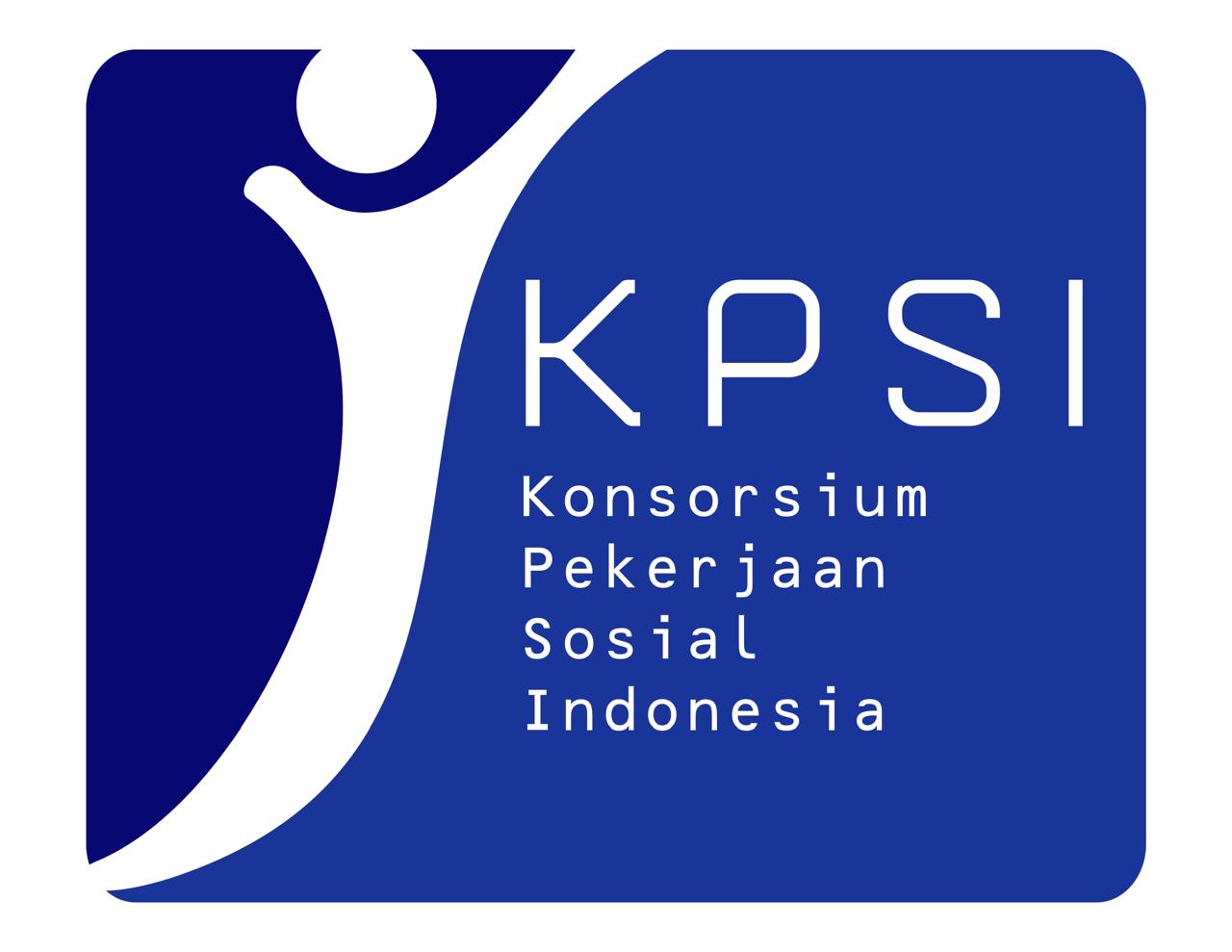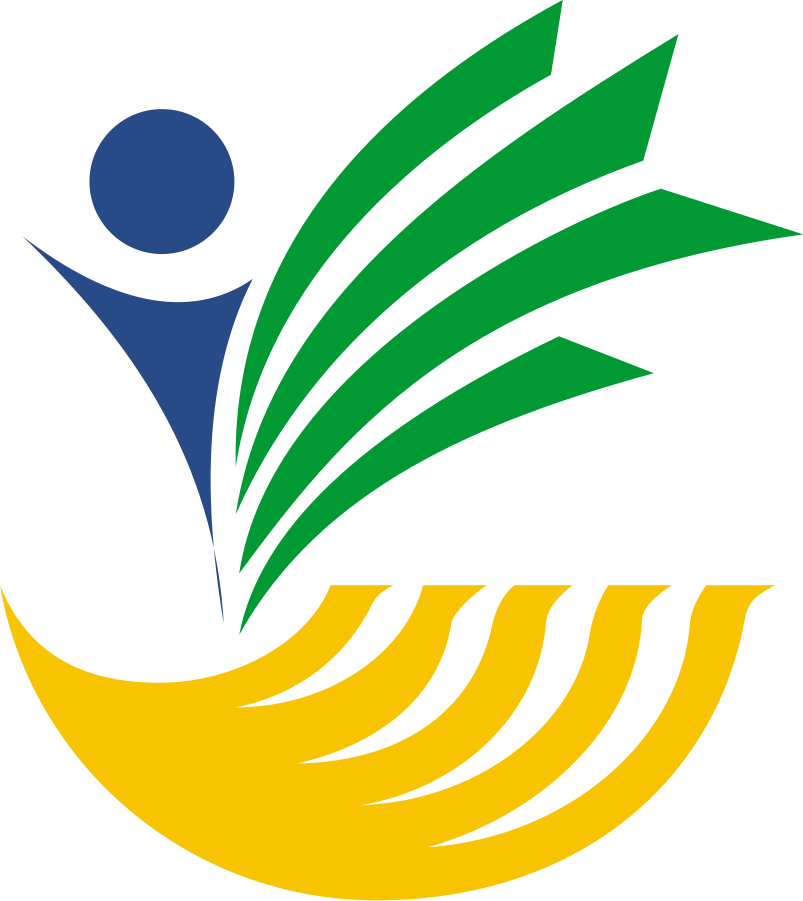Literature Review on Children Outside Educational Opportunities: A Study of Children with Foreign Origin in Japan
DOI:
https://doi.org/10.58671/aswj.v12i2.79Keywords:
early childhood education and care, children with foreign originAbstract
Children of foreign origin in Japan face various hurdles in accessing educational opportunities, potentially limiting their strengths and abilities throughout their life course. With the aim of increasing the inclusion of children of foreign origin in Japanese formal education, this paper reviews the literature, focusing on early childhood education and care (ECEC) to identify what has been clarified in previous studies and what has not been sufficiently analyzed, to suggest future directions. Compared with the extensive studies conducted in the U.S., research on ECEC opportunities for children of foreign origin living in Japan is still in its nascent stage. To ensure access to ECEC for children of foreign origin in Japan, it is critical to examine the impact of ECEC on children of foreign origin in Japan and determine which types of ECEC are most effective. Also, there is a lack of comprehensive research on the specific nationalities, family environments, living conditions, cultural backgrounds, and attitudes of parents who do not utilize ECEC opportunities, and detailed research involving parents of children not enrolled in ECEC is necessary to understand the barriers and decision-making factors related to ECEC enrollment.
References
Ackert, E., Crosnoe, R., & Leventhal, T. (2019). New Destinations and the Early Childhood Education of Mexican-Origin Children. Demography, 10.1007/s13524-020-00870-y. https://doi.org/10.1007/s13524-020-00870-y
Asahi Shimbun. (2022, June 1). Mutodoke hoikuen ni nagareru wakewa? 1-sai ji shibou, gaikokujin kobamu “seidono kabe”. [Why people go to unregistered daycare centers: 1-year-old child dies, 'systemic barriers' prevent foreigners’ access] https://www.asahi.com/articles/ASQ5056TKQ5TOIPE008.html
Brandon, P. D. (2004). The child care arrangements of preschool-age children in immigrant families in the United States. International Migration, 42(1), 65-87. https://doi.org/10.1111/j.0020-7985.2004.00274.x
Bromer, J., & Henly, J. R. (2009). The work-family support roles of child care providers across settings. Early Childhood Research Quarterly, 24(3), 271-288 . https://doi.org/10.1016/j.ecresq.2009.04.002.
Coleman, J. S. (1988). Social capital in the creation of human capital. American Journal of Sociology, 94, 95-120. https://doi.org/10.1086/228943
Crosnoe, R. (2007). Early Child Care and the School Readiness of Children from Mexican Immigrant Families. The International Migration Review, 41(1), 152–181. https://doi.org/10.1111/j.1747-7379.2007.00060
Fuller, B., Eggers-Piérola, C., Holloway, S. D., Liang, X., & Rambaud, M. F. (1996). Rich Culture, Poor Markets: Why Do Latino Parents Forgo Preschooling? Teachers College Record, 97(3), 400-418. https://doi.org/10.1177/016146819609700303
Gormley, W.T., Jr. & Phillips, D. (2005). The Effects of Universal Pre-K in Oklahoma: Research Highlights and Policy Implications. Policy Studies Journal, 33 (1), 65-82. https://doi.org/10.1111/j.1541-0072.2005.00092.x
Hamamatsu City. (2018, February). Gaikoku ni roots wo motsu syugakumae no kodomo to hogosya no kosodate shien ni kakawaru chosa. [Survey on Childcare Support for Preschool Children with Foreign Origin and Their Parents.] https://www.hi-hice.jp/ja/for-supporter/material-download/
Hara, A. (2013). Actual Situation of Foreign Child-Rearing Support System -The Need for a Variety of Family Supprt-. Treatises and studies by the Faculty of Kinjo Gakuin University Social Sciences, 10(1), 48-55.
Hayashi, M. (2017) The Support Towards the School Attendance for Children with Foreign Roots and Their Guardians: According to the Investigation into Foreign Guardians. Bulletin of Teikyo Junior College19 Extra Edition, 33-42.
Heckman, J. J. (2006). Skill Formation and the Economics of Investing in Disadvantaged Children. Science, 312(5782), 1900–1902. https://doi.org/10.1126/science.1128898
Immigration Services Agency of Japan. (2023, October 13). Reiwa 5 nen 6 gatsumatsugenzai ni okeru zairyugaikokuzinsu ni tsuite. [Number of Foreign Residents as of June 30, 2023]. https://www.moj.go.jp/isa/publications/press/13_00036.html
Immigration Services Agency of Japan. (n.d.). Zairyugaikokujin Toukei Toukeihyo. [Statistics on Foreign Residents Statistical Tables.] Retrieved November 1, 2023, from https://www.moj.go.jp/isa/policies/statistics/toukei_ichiran_touroku.html
Johnson, A. D., Padilla, C. M., Votruba-Drzal, E. (2017). Predictors of public early care and education use among children of low-income immigrants. Children and Youth Services Review73, 24-36. https://doi.org/10.1016/j.childyouth.2016.11.024
Kachi, Y. (2020). Hoikuen ni kayoenai kodomotachi: “Mu-en-ji” toiu yami.[Children unenrolled in preschool: The darkness of "mu-en-ji]. Chikuma Shobo.
Kachi, Y., Kato, T., & Kawachi, I. (2020). Socio-Economic Disparities in Early Childhood Education Enrollment: A Japanese Population-Based Study. Journal of Epidemiology, 30(3), 143-150. https://doi.org/10.2188/jea.JE20180216
Kahn, J. M., & Greenberg, J. P. (2010). Factors predicting early childhood education and care use by immigrant families. Social Science Research, 4, 642-651. https://doi.org/10.1016/j.ssresearch.2010.03.007
Kanagawa International Foundation. (2023, February 26). Gaikokujin jyumin no misyugakuji ga hoikuen, yochien ni hairu tame no shikumi zukuri chosa no houkoku. [Report on the Survey on Establishing a System to promote access for foreign residents' preschool children to enter nursery schools and kindergartens]. https://www.kifjp.org/child/supporters#hoiku
Karoly, L. A., & Gonzalez, G. C. (2011). Early care and education for children in immigrant families. The Future of children, 21(1), 71–101. https://doi.org/10.1353/foc.2011.0005
Kobari, Y. (2014). The identity formation process of Japanese university students with "foreign roots": A look at the relationship between language and identity. Journal of international relations, Asia University, 23(1-2), 155-180.
Kojima, Y. (2021). Gaikokuseki no kodomo no fusyugaku zero ni muketa kyouiku shien no arikata- darehitoritorinokosanai tame ni jichitai ga dekiru kyouiku shisaku no teian. [Educational Support for Foreign Children: Proposals for Educational Policies that Local Governments Can Take to Ensure that No One is Left Behind]. Cities and Governance 35, 28-36.
Magnuson, K. A., Lahaie, C., & Waldfogel, J. (2006). Preschool and School Readiness of Children of Immigrants. Social Science Quarterly, 87(5), 1241–1262. https://doi.org/10.1111/j.1540-6237.2006.00426.x
Magnuson, K. A., & Waldfogel, J. (2005). Early childhood care and education: effects on ethnic and racial gaps in school readiness. The Future of children, 15(1), 169–196. https://doi.org/10.1353/foc.2005.0005
Matsuda, M. and Nakagawa, K. (2018). A “Translanguaging” developmental assessment should be given to CLD children- A study to distinguish between a developmental disorder and temporary double-limited-. Research bulletin, International Student Center Kanazawa University, 21, 29-42. DOI:10.24517/00052062
Matthews H., & Ewen, D. (2006). Reaching All Children? Understanding Early Care and Education Participation Among Immigrant Families. Center for Law and Social Policy, Inc. https://eric.ed.gov/?id=ED489574
Minamino, N. (2015). Kinnen ni okeru tabunka kosodate katei no kadai oyobi shien ni kansuru kenkyu doukou.[Research Trends on Issues and Support for Multicultural Child-Rearing Families in Recent Years]. Hosei University Bulletin of graduate studies, 74, 113-122. Info:doi/10.15002/00010881
Minato Ward. (2023, March 23). Minato-ku no syugakumae jidou ni taisuru kosodate shien kentou ni atatte no anketo chousa houkoku syo.[Report on the Questionnaire for the Examination of Childcare Support for Preschool Children in Minato Ward.] https://www.city.minato.tokyo.jp/hoikuseisaku/shugakumae_chousa.html
Ministry of Education, Culture, Sports, Science and Technology (MEXT). (2020, March). Gaikokujin no kodomo no syugaku jyokyotou chosa kekka gaiyou.[Results of Survey on School Enrollment Status of Children of Foreign Nationals (Finalized) Summary]. https://www.mext.go.jp/content/20200326-mxt_kyousei01-000006114_01.pdf
Ministry of Education, Culture, Sports, Science and Technology (MEXT). (2022a, March 25). Nihongo shido ga hitsuyouna jidou seito no ukeirejyokyo tou ni kansuru chosa(reiwa 3 nendo) no kekka (sokuhou)ni tsuite. [Preliminary report on the results of the survey on the acceptance of students requiring Japanese language instruction]. https://www.mext.go.jp/content/20220324-mxt_kyokoku-000021406_01.pdf
Ministry of Education, Culture, Sports, Science and Technology (MEXT). (2022b, October 18). Nihongo shidou ga hitsuyou najidou seito no ukeirejyoukyou tou ni kansuru chosa kekka nit suite.[ Results of the Survey on the Enrollement of Students in Need of Japanese Language Instruction] https://www.mext.go.jp/content/20230113-mxt_kyokoku-000007294_2.pdf
Ministry of Education, Culture, Sports, Science and Technology (MEXT). (2023, April). Gaikokujin no kodomo no syugakujyokyotou chosa kekka nit suite. [Results of the 2022 Survey on School Enrollment of Foreign Children]. https://www.mext.go.jp/content/20230421-mxt_kyokoku-000007294_04.pdf
Ministry of Education, Culture, Sports, Science and Technology (MEXT). (n.d.).
Acceptance of Foreign Children into Public Compulsory Education Schools. Retrieved Nove-mber 1, 2023, from https://www.mext.go.jp/b_menu/shingi/chousa/shotou/042/houkoku/08070301/009/005.htm
Ministry of Health, Labour and Welfare. (2021, April 23). Jidou, sono hogosya, katei wo torimaku kankyo. [The Environment Surrounding Children, Their Parents and Families] (Data from the 27th Meeting of the Specialist Committee on Social Foster Care, Children's Section, Council on Social Security). https://www.mhlw.go.jp/stf/newpage_18203.html
Mitsubishi UFJ Research and Consulting (2021, March). Gaikokusekitou no kodomo e no hoiku ni kansuru chosa kenkyu houkokusyo. [Research Report on Childcare for Children with Foreign Nationalities]. https://www.murc.jp/wp-content/uploads/2021/04/koukai_210426_16.pdf
Miura, M. (2020). A Consideration about the enrollment situations of culturally and linguistically diverse children in special needs classes. Journal of the Faculty of International Studies, Utsunomiya University, 50, 205-219.
Morland, L., Ives, N., McNeely, C., & Allen, C. (2016). Providing a Head Start: Improving Access to Early Childhood Education for Refugees. Migration Policy Institute. Retrieved from https://www.migrationpolicy.org/research/providing-head-start-improving-access-early-childhood-education-refugees
Nagaro, R. (2018). Gaikoku ni roots wo motsu kodomo no kyouiku teki needs to shien: tabunkakyousei wo sonchou shita tayouna shien no arikata no kentou. [Special educational needs and support for children with foreign roots: a study of diverse forms of support respecting multiculturalism]. Ueda Women's Junior College Bulletin of the Research Institute for Children's Culture, 40, 43-52.
Nord, C.W., & Griffin, J.A. (1999). Educational profile of 3- to 8-year-old children of immigrants. In Hernandez, D.J. (Eds.), Children of Immigrants: Health, Adjustment and Public Assistance. National Academy Press, Washington, DC.
NTT Data Institute of Management Consulting. (2023, March). Misyuenjitou no haaku, shien no tameno outreach no arikata ni kansuru chosa kenkyu. [Research Study on the Way of Outreach for Understanding and Supporting Preschoolers and Other Children]. https://www.cas.go.jp/jp/seisaku/mishuuenji_kentou_iinkai/index.html
Oh, J. (2022). Cultural competence as a recognition of child-care providers in multicultural childcare practice: a qualitative study of cultural competence of child-care providers. Journal of the Japan Association of Research on Child Care Social Work 8, 29-44.
Sasaki, Y. (2015). Qualitative study of psychological effects on nursery adaptation of a foreign child supported by a child care staff with foreign nationality. Japanese Journal of Research and Practice on Child Rearing, 5, 21-29. https://doi.org/10.24719/jscr.k05003
Schweinhart, L. J., Montie, J., Xiang, Z., Barnett, W. S., Belfield, C. R. & Nores, M. (2005). Lifetime Effects: The High/Scope Perry Preschool Study Through Age 40. Ypsilanti, MI: High/Scope Press.
Shinagawa, H. (2011). NursesʼAwareness in Multicultural Childcare: Focusing on Japanese-Brazilian Children. Journal of Contemporary Sociology 24, 23-42. https://doi.org/10.7129/hokkaidoshakai.24.23
Statistics Bureau, Ministry of Internal Affairs and Communications. (n.d.). Jinko suikei no kekka no gaiyou. [Summary of Population Estimation Results.] Retrieved November 1, 2023, from https://www.stat.go.jp/data/jinsui/2.html
Tanaka, I. (2015, September 28). Gaikoku ni roots wo motsu kodomo tte donna kodomo? [What kind of children are "children with foreign roots"?] https://ikitanaka.hatenablog.com/entry/2015/09/28/130851
Vesely, C. K. (2013). Low-income African and Latina immigrant mothers' selection of early childhood care and education (ECCE): Considering the complexity of cultural and structural influences. Early Childhood Research Quarterly, 28(3), 470-486. https://doi.org/10.1016/j.ecresq.2013.02.001
Vesely, C. K., Ewaida, M., & Kearney, K. (2013). Capitalizing on Early Childhood Education: Low-Income Immigrant Mothers’ Use of Early Childhood Education to Build Human, Social, and Navigational Capital. Early Education and Development, 24, 744-765, DOI: 10.1080/10409289.2012.725382
Westinghouse Learning Corporation & Ohio University. (1969). The Impact of Head Start: An Evaluation of the Effects of Head Start on Children's Cognitive and Affective Development.(Executive Summary). Retrieved on November 1, 2023 from https://eric.ed.gov/?id=ED036321
Yamada, T. (2022). Chjiiki kodomo no nihongo kyoshitsu kaisetsugo 1 nenkan no seika to kadai: “Adachi kodomo no nihongo kyoshitsu” no baai. [One year after the establishment of the local children's Japanese language class: Results and issues - The case of "Adachi children's Japanese language class"]. Journal of Japanese Language Education for Children 5, 12-21. https://doi.org/10.57412/kodomonihongo.5.0_12
Yazawa, E., & Takahashi, E. (2015). Yamato preschool “Nihongo Hiroba”: syogakkou nyugakumae no tayou na gengohaikei wo motsu kodomotachi e no syugakumae kyoiku, hogosyashien. [Practical Report Yamato Preschool "Nihongo Hiroba": preschool education and parental support for children with diverse language backgrounds before entering elementary school]. Intercultural education: bulletin of Intercultural Education Society 41, 16-31. https://doi.org/10.34347/iesj.41.0_16
Yosso, T. J. (2005). Whose culture has capital? A critical race theory discussion of community cultural wealth. Race Ethnicity and Education, 8(1), 69-91, DOI: 10.1080/1361332052000341006
Downloads
Published
How to Cite
Issue
Section
License
Copyright (c) 2024 Yuki Ohsaka

This work is licensed under a Creative Commons Attribution-NonCommercial-ShareAlike 4.0 International License.



























